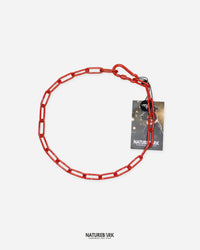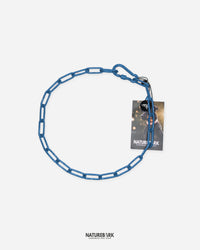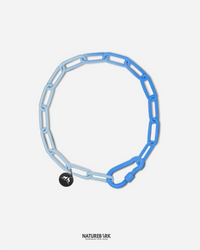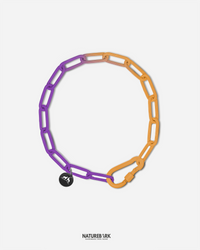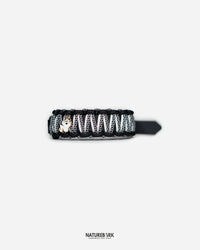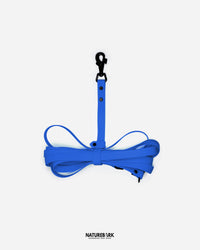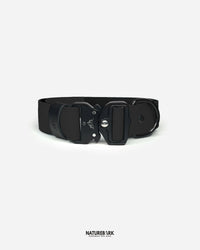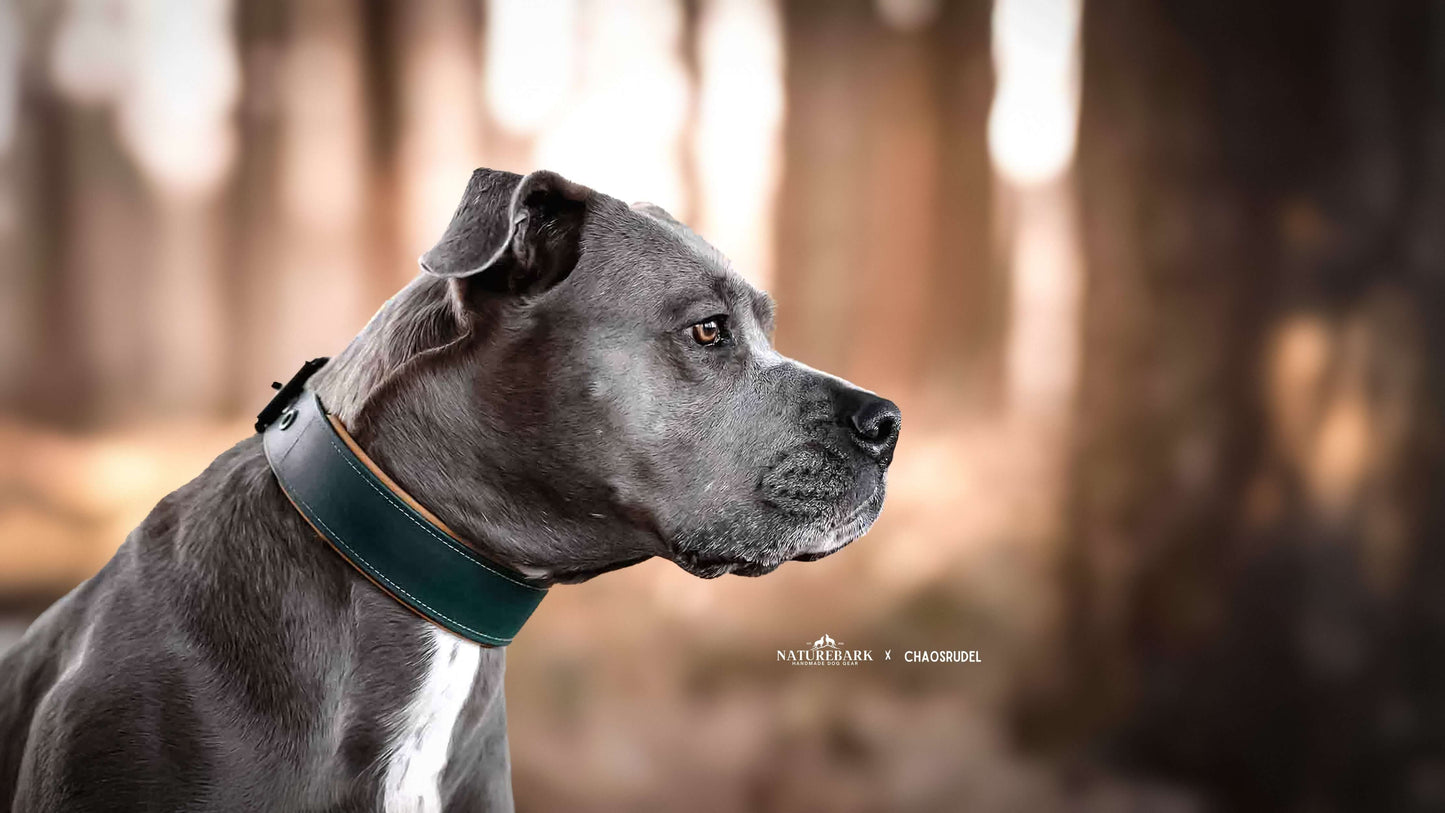
Your dog's fascinating ears – What you should know about their hearing! 🐶👂
Dogs experience their surroundings in a completely different order than we humans do! First, they use their nose to detect smells and "read" their environment. Then comes their vision , which responds particularly well to movement. Only last do their ears actively activate to perceive and process sounds. But once their ears are "switched on," they hear things that remain inaudible to us humans!
Their hearing is not only incredibly sensitive, but also a crucial sense for their communication and behavior. Let's take a closer look together!
How well can dogs hear?
Dogs have an impressive hearing ability that goes far beyond that of humans:
🐾 Extremely high frequencies – While humans can hear sounds up to about 20,000 Hz , dogs can perceive up to 65,000 Hz ! This means they perceive sounds and noises that don't exist for us.
🐾 Incredible range – Dogs can hear sounds four times farther than we can! This is especially useful when detecting movement or other animals in the distance.
🐾 Movable ears – With up to 18 different muscles, dogs can move their ears independently and precisely target a sound source. This allows them to precisely locate the source of a sound – and do so in a very short time!
🐾 Selective hearing – Have you ever had the feeling that your dog is deliberately ignoring you? Dogs actually filter sounds based on relevance. While your dog will immediately hear you rustling the treat bag, your calls in the park can sometimes be lost when more exciting noises are present. 😅
Why are sounds so important for dogs?
Dogs orient themselves not only visually but also largely through their hearing. Their keen hearing helps them:
✔️ Detect dangers early – Dogs hear the car coming around the corner long before we can see it.
✔️ Perceiving other living beings – A rustling in the bushes or a quiet whistle from far away – dogs are masters at locating sounds!
✔️ Recognizing people's emotions – Your dog not only hears your words, but also the tone of your voice and reacts accordingly.
Dogs not only hear what we say, but especially how we say it!
How can I use this knowledge in everyday life and training?
🔹 Use your voice consciously – A clear, calm tone is easier for dogs to understand than shouting or yelling. They'll hear you anyway!
🔹 Combine sound and movement – Dogs respond better when they perceive movement alongside a sound. So if your dog doesn't respond immediately to a command, try a supporting gesture!
🔹 Avoid distractions – Dogs have a hard time concentrating in a noisy environment. Reduce distractions when training your dog.
🔹 Respect sensitive ears – Some dogs are sensitive to certain noises, such as fireworks or loud household appliances. Get them used to them slowly or offer them a place to retreat.
Why do dogs "hear" worse during puberty? 🎧🐕
Maybe you've already experienced it: Your dog suddenly stops coming when called , even though he used to listen perfectly! This isn't because he's "stubborn" or "disobedient"—his brain is simply undergoing a transformation !
🐶 Between 6 and 18 months, many young dogs are "selectively deaf." This is due to hormonal changes and brain maturation.
🐶 Learned commands must be reinforced again because the neural connections change.
🐶 Stimuli are suddenly much more exciting – your dog often decides which sounds to pay attention to based on his own interests.
📌 What helps in this phase?
✅ Stay patient and consistent – even if it’s frustrating at times!
✅ Use high-value rewards to motivate your dog.
✅ Train with short sessions in low-stimulation environments to minimize distractions.
Conclusion: Your dog’s ears are true masterpieces!
They not only help them orient themselves, but also communicate with us. Understanding how dogs hear and perceive sounds can improve our training and interaction with them.
💬 How does your dog react to noises? And have you experienced a loss of hearing during puberty? Share your experiences in the comments! 👇
















